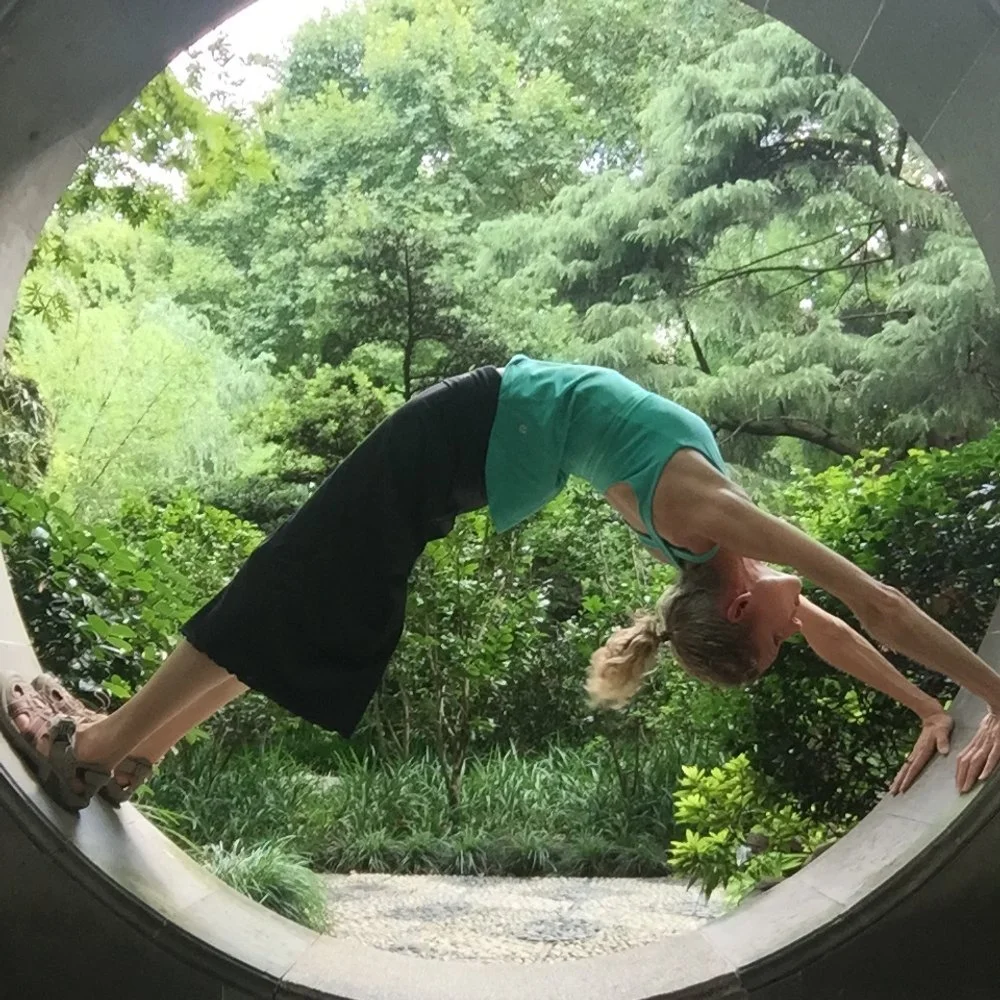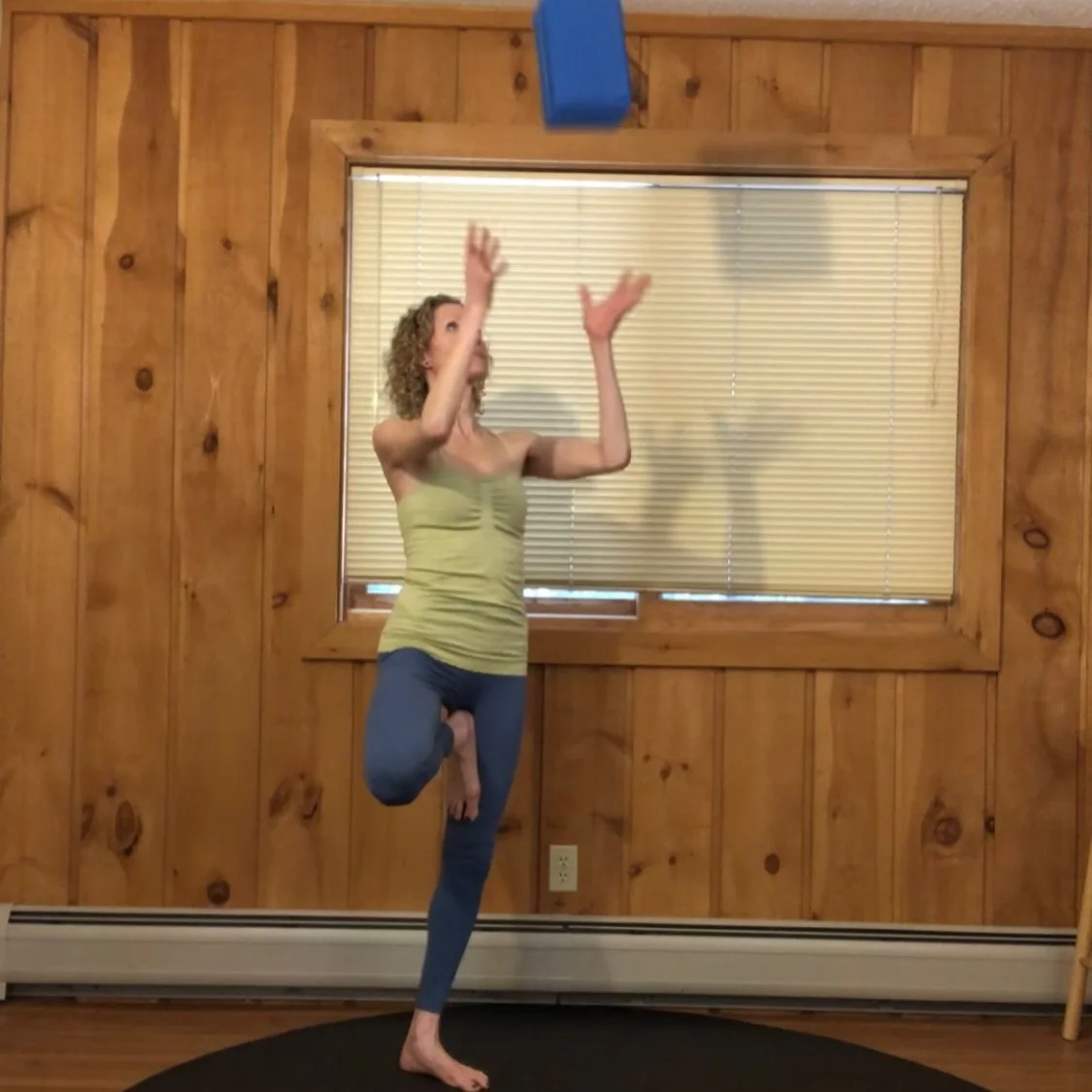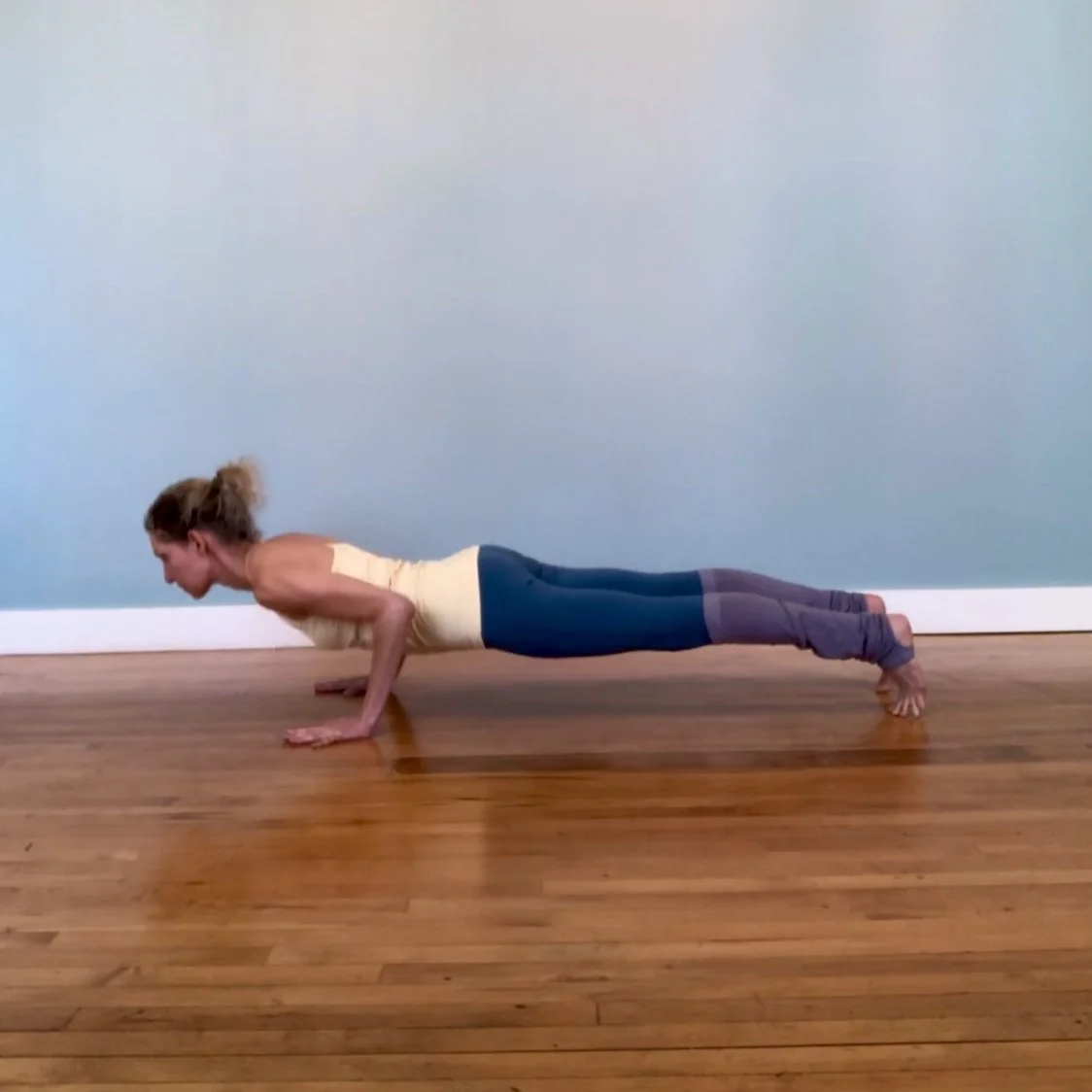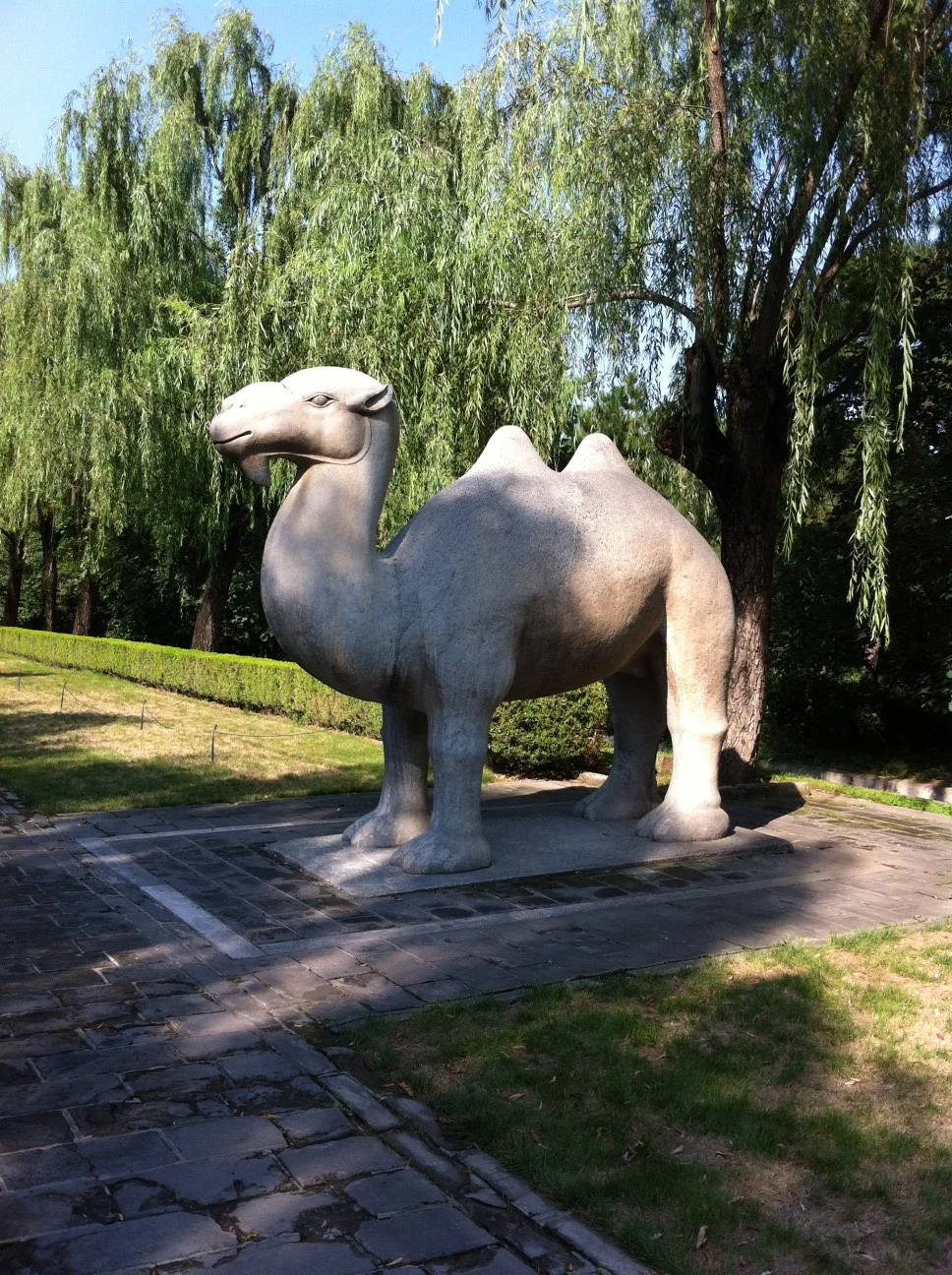Overcorrecting in yoga can backfire. Learn how motor learning principles can help you cue less, teach better, and empower your students more.
Stretching isn't always the fix for tight hips. Learn why anatomy matters more than effort—and how yoga philosophy reframes your practice.
Improve your yoga inversions with better shoulder mobility and stability. Learn how scapular movement impacts handstand, forearm stand, and headstand.
Discover why plank isn’t a one-size-fits-all guide for downward dog. Learn how body proportions impact stability and alignment in your yoga practice.
Master the transition from chaturanga to upward dog with tips to improve your practice and keep your wrists feeling great during sun salutes
Is knee hyperextension dangerous in yoga? Learn why it’s normal, explore common myths, and try 4 effective Triangle Pose tips for hyperextended knees.
Explore the balance between ahimsa (non-harming) and practicality as a yoga teacher grapples with compassion while dealing with mice in a rural home.
Explore 3 unique upper back mobilizers to enhance your yoga backbends, reduce lower back strain, and deepen your practice with targeted thoracic spine mobility.
Wondering how to position your shoulders in Downward Dog? Learn why common cues like “shoulders away from ears” can be problematic and how to organize your shoulders correctly.
Discover how mood impacts pain perception and learn strategies for pain management through yoga. Explore insights from pain science and real-life experiences.
Discover an overlooked Trikonasana foot and knee alignment secret! Refine your teaching with a deeper understanding of knee mechanics in Triangle Pose.
Unlock the secret challenge of Marichyasana C! Learn how adductor magnus affects your seated twist and easy tips to sit upright.
Unveiling the truth behind knee alignment in yoga. Debunking myths to empower practitioners and foster a deeper understanding of body awareness.
Discover 7 vital yoga teaching strategies for new instructors. Master the art of guiding new practitioners with these essential yoga teaching tips.
Understand yoga butt: symptoms, recovery timelines, anatomy, and ways to adapt your yoga practice. Stop stretching and start strengthening your hamstrings!
Unlock stability and improve your balance in yoga. Discover balancing secrets with tips on ankle strength, hip alignment, and more.
Practice 5 unusual Chaturanga Dandasana preparations to improve your Chaturanga. These Chaturanga tips will help you fine tune this challenging pose frequently appearing in yoga classes.
Do you struggle with lower back or neck pain when you practice backbends in yoga classes? Learning a bit about the anatomy of the spine can help you understand why these regions can feel particularly cranky in backbends. More importantly, knowing a bit of spinal anatomy will help you prep these popular, commonly taught poses so that you can approach them with greater comfort and ease.
The notion that the spine is a ramrod-straight structure still persists in the yoga and exercise community, so let's set the record—but not your spine—straight.
Frustrated trying to stretch your tight hamstrings? There are other ways to coax them to open. Here are three ways to trick your hamstrings into opening up.
And I don’t mean that standing poses are more accessible than seated ones. I mean that applying effort—even strenuous effort undertaken consistently over a long period of time—is less challenging than accepting the results of our efforts, whatever those may be.
We use asana to hone the skill of remaining undisturbed in destabilizing situations. This point was driven home during a morning practice in Tokyo. I was holding navasana, boat pose, when suddenly I experienced a physical trembling so severe it felt like the room was rocking back and forth. Well, an earthquake will do that...





















